
The History of the Decline and Fall of the Great Auk
The extinction of species has long captivated the curiosity of scientists and nature enthusiasts alike. Within the realm of vanished creatures, the great auk stands as a prominent figure. As the only flightless bird in the North Atlantic, the great auk (Pinguinus impennis) held a unique position as the largest member of the Alcidae family, commonly known as auks. This goose-sized seabird has left an indelible mark on our natural history

Isles of the Tasman Sea – Part II: Norfolk Island
Norfolk Island offers an interesting juxtaposition to Lord Howe Island, as it contains a very similar faunal guild, but the extent and circumstances of its extinctions are somewhat different.

Pachyderms, Power, and Politics: The history of the elephant in Northeastern Africa
The elephant was once numerous, and politically significant in the region of Northeast Africa, for cases of convenience, defined, for the sake of the essay, as Sudan, Eritrea, and Northern Ethiopia. Now all but gone, only found in a small population in Western Eritrea, which occasionally crosses into Sudan. It’s presence in the region encouraged the spread of ancient imperialism, with the Ptolemies of Egypt seeking to use the elephants as a resource, both for their ivory, and their value in warfare. Kingdom’s rose and fell according to the fortunes of the ivory trade, and it is said that certain peoples of the region relied almost exclusively on elephant hunting.
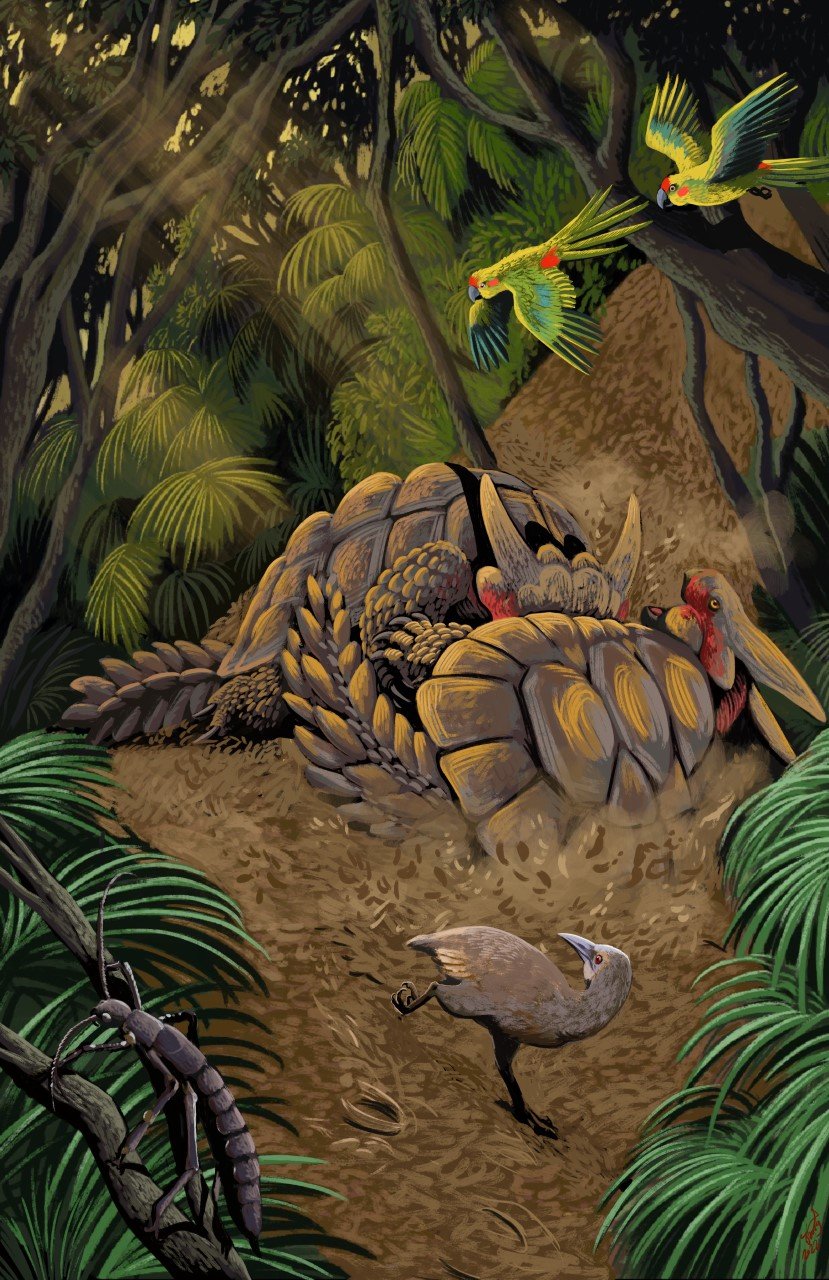
Isles of the Tasman Sea – Part I: Lord Howe
600km off the east coast of Australia, amidst the Tasman Sea, sits a tiny archipelago – the only specks of land for a hundred leagues. The Lord Howe Island Group. Today the entire archipelago is considered UNESCO world heritage due to its interesting collection of flora and fauna with high rates of endemism. Unfortunately, as is also often the case with islands, this diversity has become much diminished in historical times.
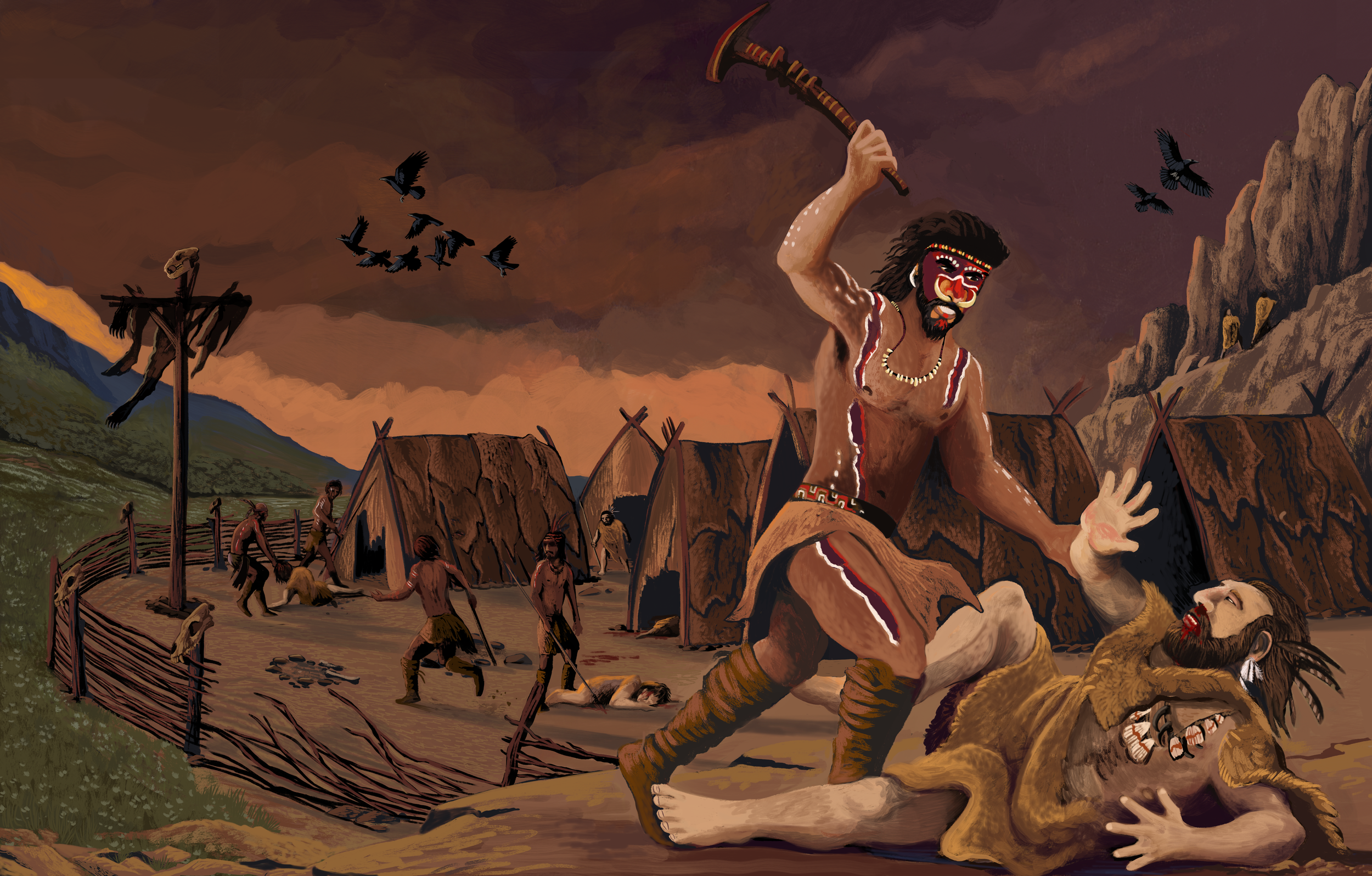
First and Last Men Part I - Adam's Kindred
It is an odd thing to consider that only a couple centuries ago there existed among neither the public nor the sciences any particular notion of prehistory. There was history, of course, a field both venerable and respected, but nothing before it. The annals of the Old Testament traced back the lines of man to the very dawn, or so it seemed, and little in the way of archaeology or palaeontology had ever arisen to complicate this picture. The histories seemed complete, a record from dawn till dusk. The process of discovery is rarely gentle. The advent of geology, palaeontology and complex archaeology have resulted in nothing less than a total reinterpretation, if not revolution, in our view of human history. If the old narratives were not destroyed, they were rendered at least vastly more complex than hitherto thought. From this process of discovery and transformation has arisen an entirely new cultural vocabulary, never before known: Extinction, evolution and the vastness of time became concepts enmeshed in popular thought. For the first time in millennia, people spoke of the mammoth and the sabretooth. For the first time in history, of the dinosaur. Yet of all the new images and ideas, perhaps the most startling was also the most familiar: the man before Man, the dweller in the grottos, the ur-person. The Caveman.
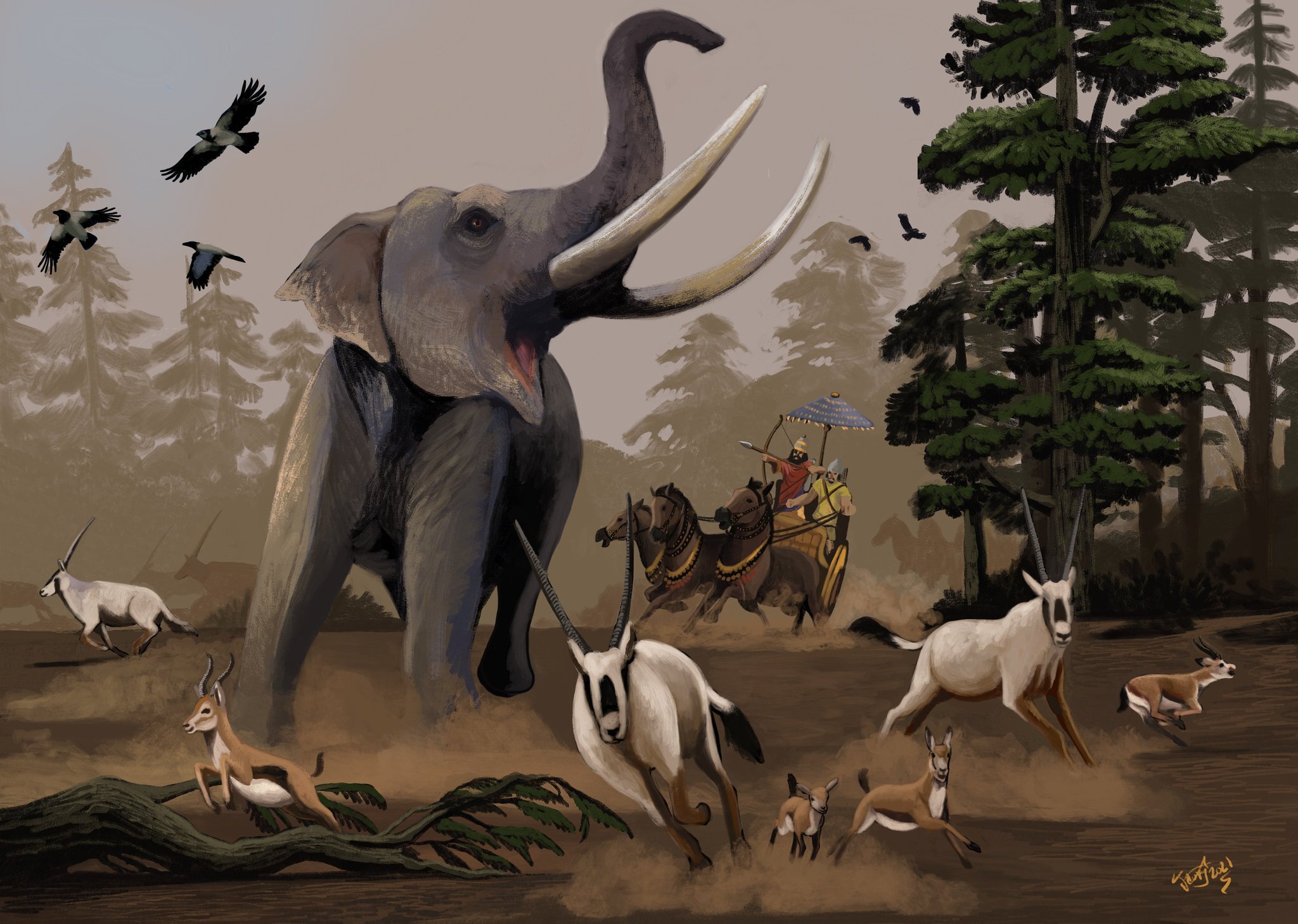
Beasts of the Bible and Babylon
The Ancient Near East was home to much wildlife, many of which is now sadly gone. As previous articles on this website have shown, many species of Camel, some of vast size once lived in the region during the Pleistocene, but by the time the Sumerians and Egyptians invented writing in the 4th millennium BC, all but one species was long gone. Nonetheless, many other species, today extinct in the region, or worldwide in some cases, lived in the region of the Near East in the early historical period, such as Elephants, Aurochsen, and Hippopotami.
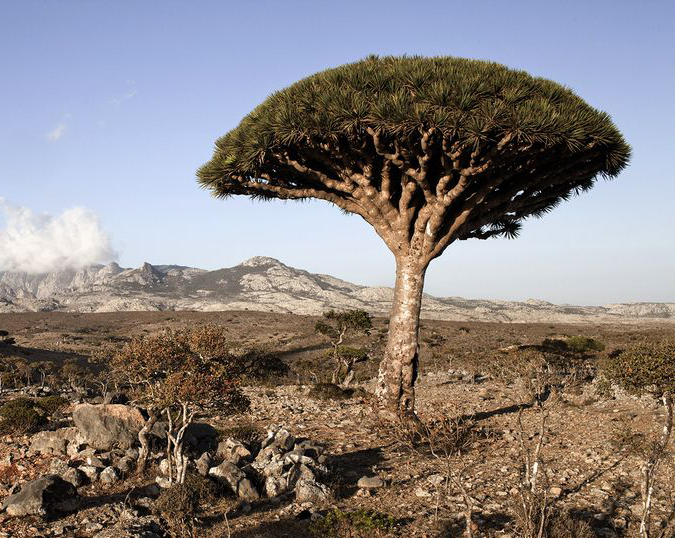
Islands - Socotra
Isolated for 20 million years, Socotra is a world apart. It is home to numerous birds and reptiles found nowhere else, as well as a host of plants, so bizarre as to look almost alien. And yet, Socotra is in decline.
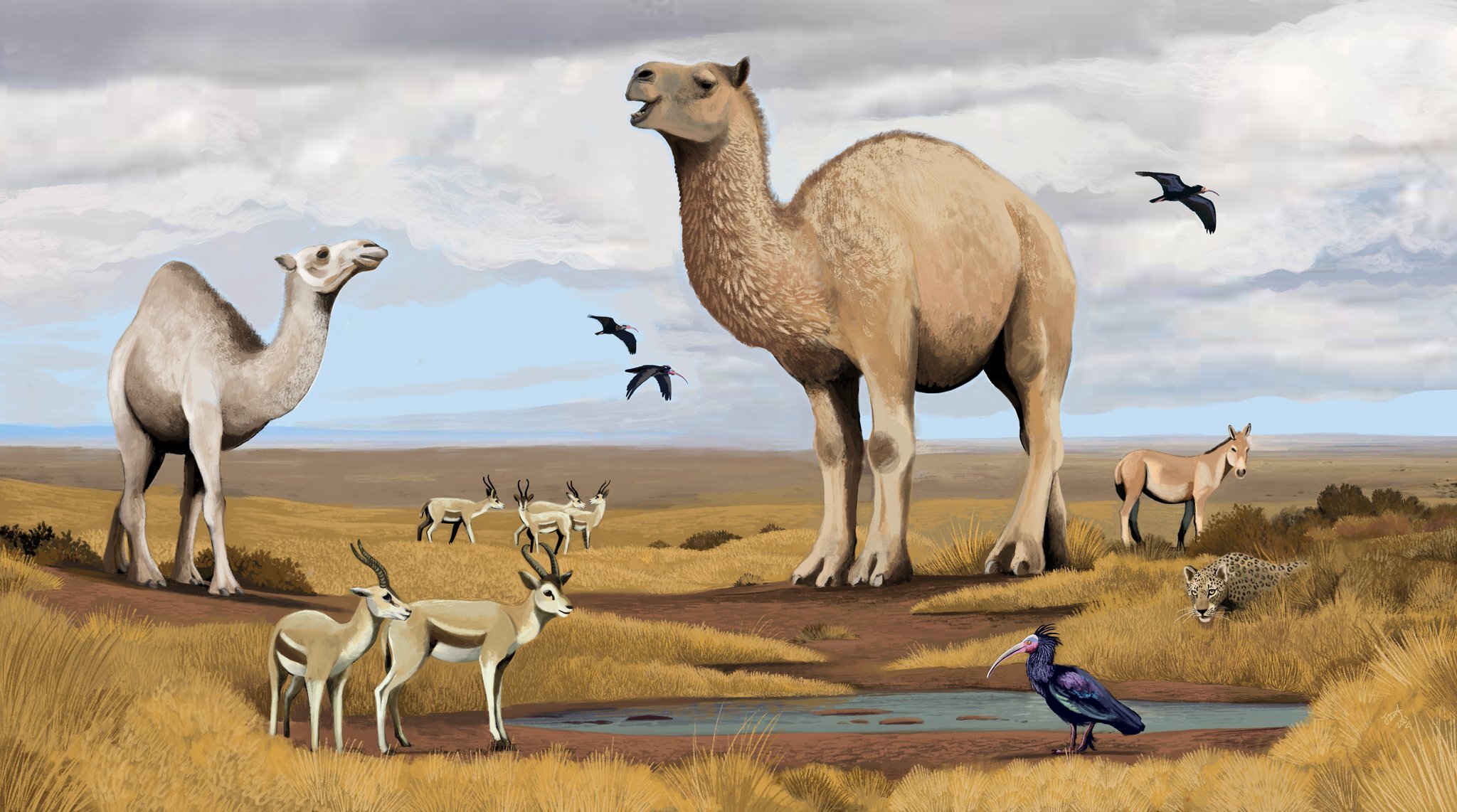
The Mysterious Origins of the Dromedary
Dromedaries have been one of the most important domesticated animals in human history, yet their origins remain unclear. Fossils are restricted to the Holocene and their affinities to other species a matter of debate.
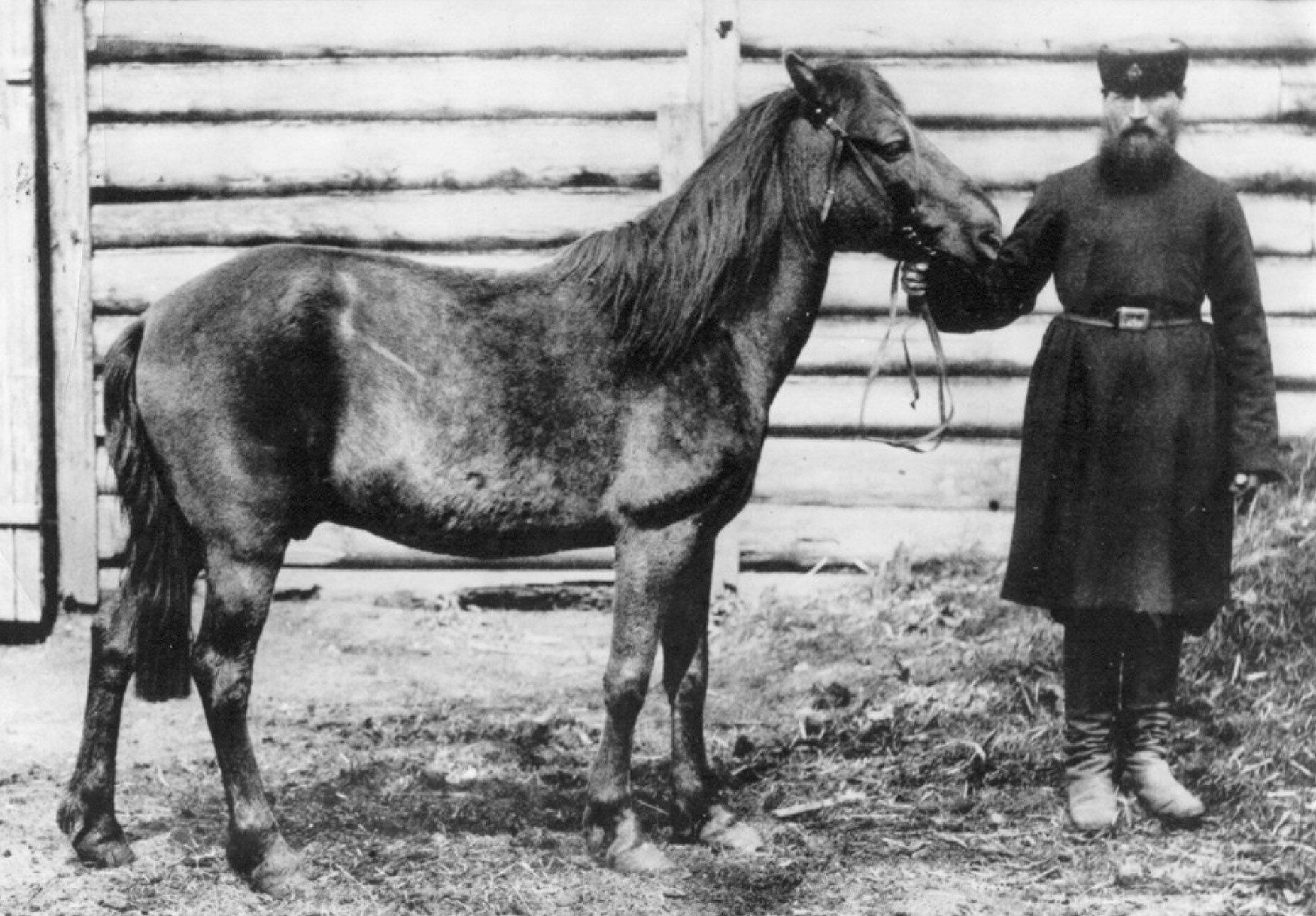
The European Wild Horse
The horse is one of man’s most important domestic animals. Just like cattle, horses descended from a once widespread wildtype that is now extinct because of human influence. The western subspecies of the wild horse, Equus ferus ferus, had a range from the Iberian peninsular to the western Eurasian steppe, where the horse was most likely domesticated. Although the domestic horse is well-known to us, the wild form is kind of elusive – it is not certain when it died out, how common it was, what it looked like, and there is not even a consensus on how to name this animal.
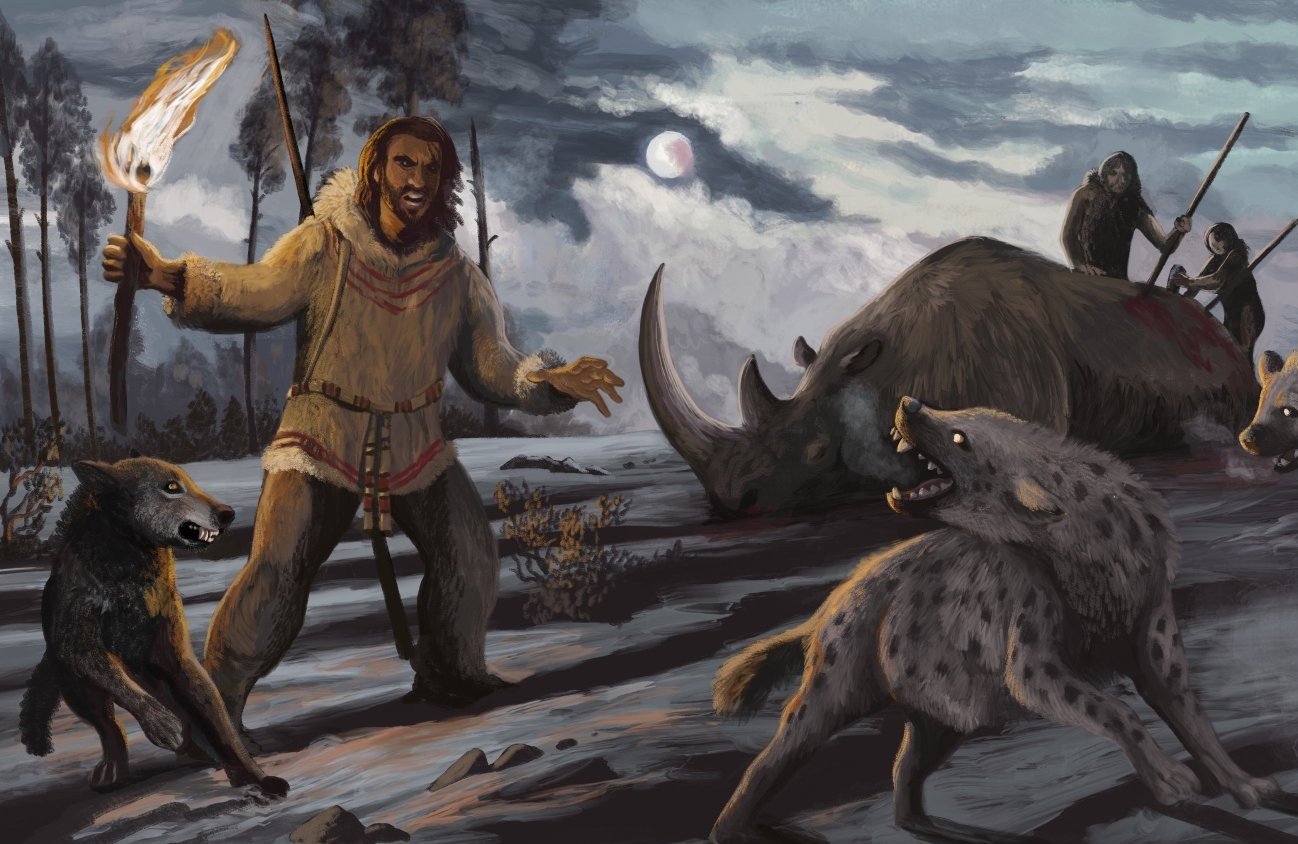
Europe - Part II: The Human Dimension
Around 40,000 years ago, an event occurred that would change Europe forever - Man had come. But what role did early humans play in the transformation of Europe’s ecosystems and the vanishing of the megafauna, and what of the Neanderthal?
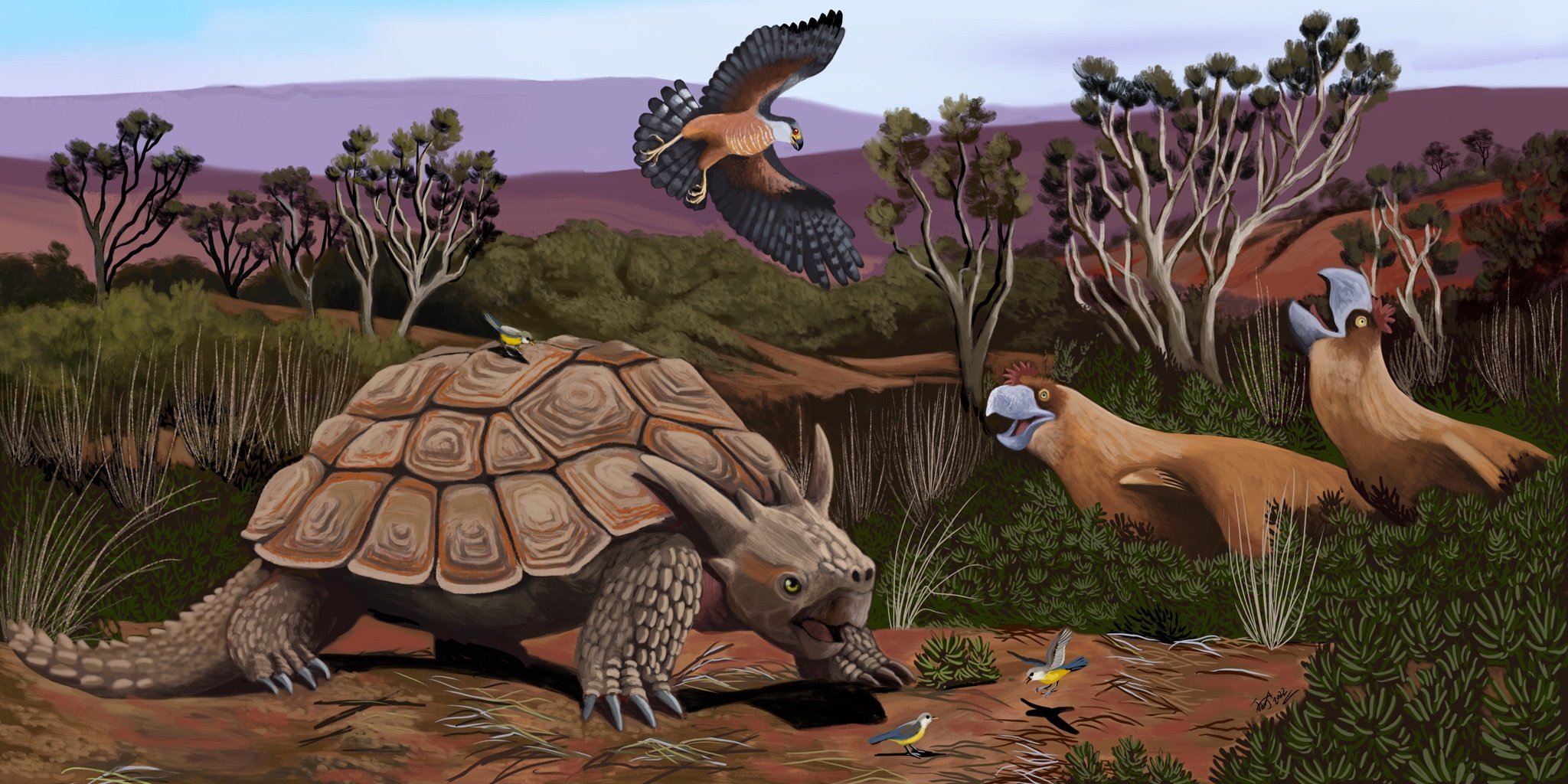
Islands - New Caledonia
New Caledonia was the ‘lost world’ of the Holocene - The final bastion of ancient groups of birds and reptiles, where horned turtles lumbered about the rocky shorelines, land-living crocodiles prowled the jungles in search of ground pigeons, and giant fowl traversed vast metallic scrublands. Then they vanished.
